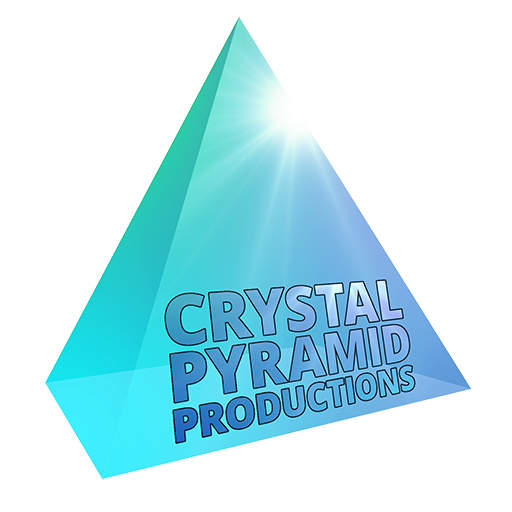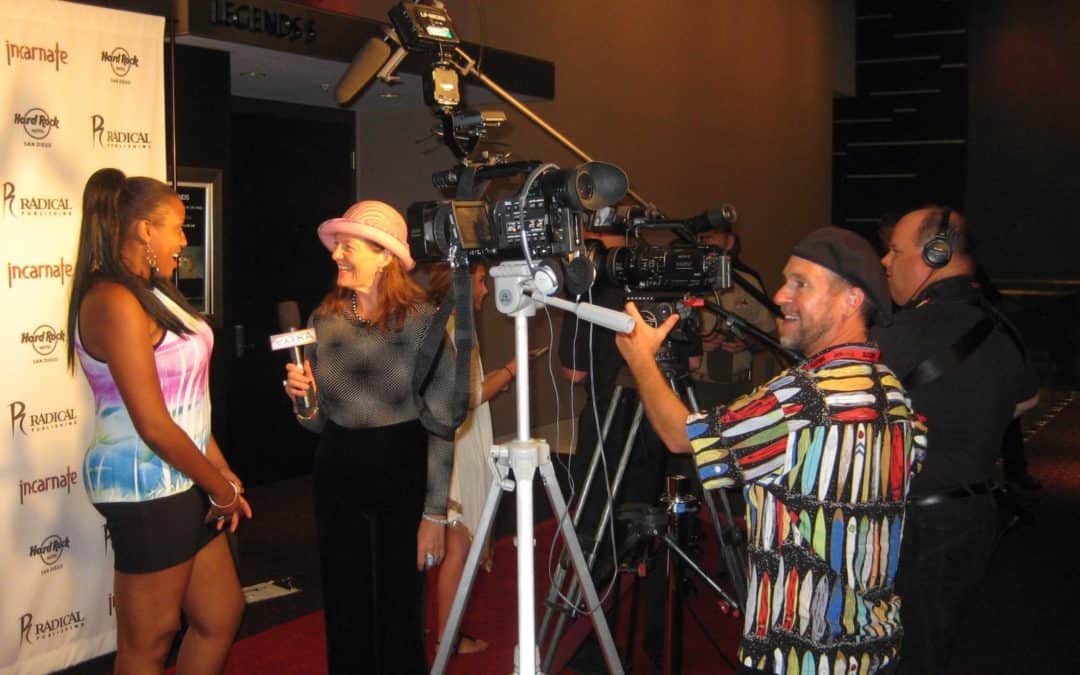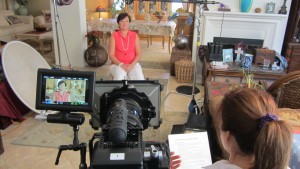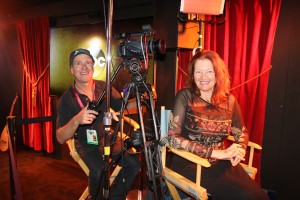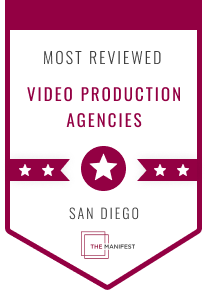10 Secrets of a Video Producer
How to Conduct the Perfect Interview
As a Producer for 40 years I have gained a lot of experience in interviewing people of all kinds, from Little League Baseball Coaches (world-champion Chula Vista coaches) to college Presidents (Dr. Stephen Weber, SDSU); from celebrities (Kirsten Dunst, Arnold Schwarzenegger, Will Ferrell, Hilary Swank) to astronauts (Sally Ride); from scientists (J. Craig Venter) to Presidential hopefuls (Hillary Clinton) to adult video stars (John Holmes and Nina Hartley). I am so grateful for the opportunity to exercise my innate curiosity about people in my career.
Don’t Let the Interviewee Memorize the Answers
There are ways to conduct an interview that will elicit the best “sound bites” and that is what I am going to discuss today.
1) Prior to the interview, via email or telephone conversation, let the interviewee know that you will be asking questions about a general topic. Do not send specific questions because that leads to memorization and before you know it, you’ve got a Wood Man or Wood Woman on video. Nobody wants that, least of all the interviewee.
In certain corporate interviews, a legal team member may need to be on set to make sure all answers are acceptable for corporate purposes.
Video Producer, Engage Your Interviewee
2) On set, after the video production equipment has been set up, and the camera op is ready to roll, start off by shaking your interviewee’s hand and giving them a smile. “We’re just going to converse with each other,” tell them; “Have a seat, and just talk to me.” Guide them to include your question in their answer so when asked “What is your favorite color?” they can say “My favorite color is blue.”
3) Reassure the interviewee that if they make a mistake, they can do it over; They’re not live; that is what editing is all about.
4) The first question to ask when “tape is rolling” is “What is your name and how is it spelled? And what is your title?” This is for the editor’s benefit so that captioning of the interviewee’s name and title will be correct.
5) If they deliver an answer that seems a bit longer than what you’ll be able to use in the video end product, then say, “That was really good. Now I want a version that incorporates those points in a shorter bite.”
Wait for It…..
6) My favorite technique is The Pause. When it seems like they have concluded a thought, simply wait another beat (under no circumstances should you ever “step on them” by talking before they’ve finished their thought.) That two-second beat can lead the interviewee to plumb deeper. Let your silence be a question.
7) During the course of the interview, you will probably be working with a list of questions. But if the interviewee is providing answers that go in a certain direction, ride along, like it’s a wave, and see where it takes you. Once you have completed that thought, then refer back to your list of questions.
What’s Compelling?
8) For best results on video, make sure that you, as video producer and the one asking questions, sit or stand as close to the camera as possible so that the interviewee looks at your face and eyes at all times. If their eyes dart around or go up because they are thinking of how to phrase their answer, instruct them to go ahead and think of the answer and then when they’re ready to reply, to look at you. The closer they can look towards the camera (but not into the camera) the better, as an interview is much more compelling when the TV viewer can see the interviewee’s face and expressions.
The interviews that are conducted with the interviewee in profile come off as though an amateurish news team got to the press conference too late to get a good spot and ended up with the profile. I can’t think of any good reason to do it that way on purpose. Yes, we see the rules broken on that all the time, but you really need to know the rules well before you can break them; otherwise you come off like a rookie.
Maybe Revisit the First Questions
9) As the interview continues and your interviewee has visibly relaxed and is now providing better sound bites, then you may want to revisit the first few questions when they may have been a bit nervous, and go for different answers.
10) The last question to ask is this: “Is there anything we haven’t discussed today that you would like to add?” That sometimes turns out to be the most important question of all. It may provide a sound bite that you may not even have thought about. If they say “No,” then that’s it. It’s a Wrap.
